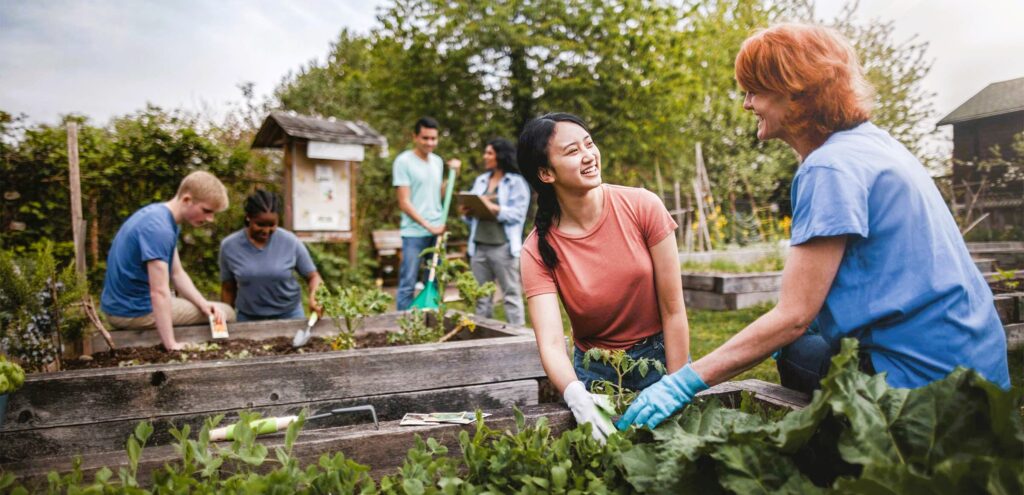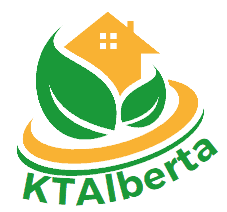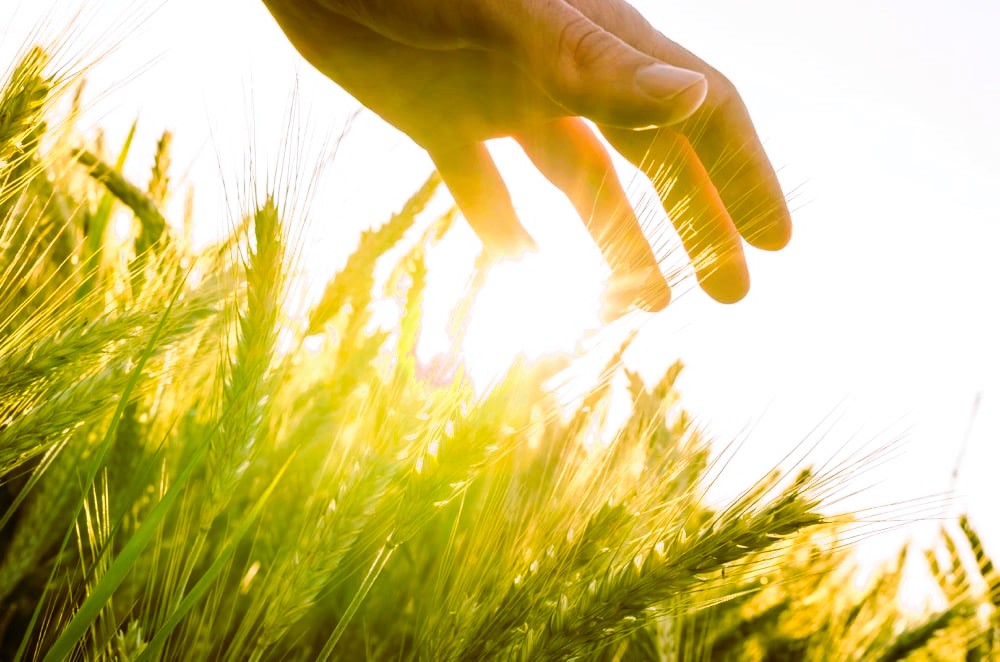In the heart of Alberta’s expansive landscapes lies a thriving agricultural sector that sustains communities, economies, and ecosystems. However, the imperative to meet growing food demands and the need to protect the environment has led to a critical focus on sustainable agriculture and farming practices. Alberta, recognizing the delicate balance between productivity and environmental stewardship, has embarked on a journey to implement innovative strategies that ensure the longevity of both its agricultural bounty and natural resources.
The Essence of Sustainable Agriculture
Sustainable agriculture goes beyond mere crop production; it encompasses a holistic approach that nurtures the land, conserves resources, and supports rural livelihoods. At the core of these practices is the principle of harmonizing human activities with the natural environment. Alberta’s commitment to sustainable agriculture aligns with the province’s diverse ecosystems, which range from prairies to mountains, demanding adaptable and context-specific solutions.
Standardization: A Pillar of Sustainable Agriculture

In the realm of sustainable agriculture, standardization plays a pivotal role in guiding practices and ensuring consistency. Platforms like Wikipedia offer insights into Alberta’s agricultural landscape, highlighting the province’s agricultural diversity and practices. Equally valuable is, which provides resources on federal agricultural policies that complement Alberta’s strategies.
Literature Insights into Sustainable Agriculture
- “Sustainable Design: A Critical Guide” by David Bergman underscores the importance of sustainable practices in various fields, including agriculture. Alberta’s sustainable farming strategies incorporate principles of soil health, water conservation, and biodiversity enhancement.
- “Green Building Illustrated” by Francis D.K. Ching and Ian M. Shapiro showcases the broader concept of sustainable design and how it applies to agriculture. Alberta’s sustainable farming practices aim to minimize the use of synthetic inputs, reduce waste, and promote regenerative agricultural techniques.
- “Sustainable Construction: Green Building Design and Delivery” by Charles J. Kibert highlights the parallels between sustainable construction and agriculture. Alberta’s strategies emphasize the role of technology and innovation in optimizing resource efficiency and minimizing the ecological footprint of farming operations.
- “The Visual Handbook of Building and Remodeling” by Charlie Wing emphasizes the importance of proper planning and design. Similarly, Alberta’s sustainable agriculture practices emphasize the need for strategic land use, crop rotation, and integrated pest management to promote soil health and productivity.
A Multifaceted Approach
Alberta’s sustainable agriculture strategies encompass a spectrum of approaches, from regenerative farming to precision agriculture. These strategies aim to restore and enhance ecosystem services, such as water filtration, pollination, and carbon sequestration. The integration of traditional ecological knowledge, technological advancements, and community engagement is at the core of these efforts. Like the article? Read also about Alberta Wildlife Exploration.
Promoting Local Food Systems
Alberta’s commitment to sustainable agriculture extends to supporting local food systems. By facilitating direct connections between producers and consumers, initiatives such as farmers’ markets and community-supported agriculture (CSA) programs reduce food miles, promote seasonal eating, and enhance food security.
A Greener Tomorrow Through Sustainable Farming

Alberta’s embrace of sustainable agriculture echoes its dedication to creating a harmonious coexistence between humanity and the environment. By leveraging standardized information sources, literature insights, and collaboration, the province is paving the way for agricultural practices that are not only productive but also ecologically responsible. Through these efforts, Alberta cultivates a greener future where fertile fields and thriving ecosystems stand as a testament to the power of sustainable farming.
List of recommended literature:
- “The Visual Handbook of Building and Remodeling” by Charlie Wing
- “Sustainable Construction: Green Building Design and Delivery” by Charles J. Kibert
- “The Passive Solar Energy Book: A Complete Guide to Passive Solar Home, Greenhouse and Building Design” by Edward Mazria
- “Residential Windows: A Guide to New Technologies and Energy Performance” by Stephen E. Selkowitz

